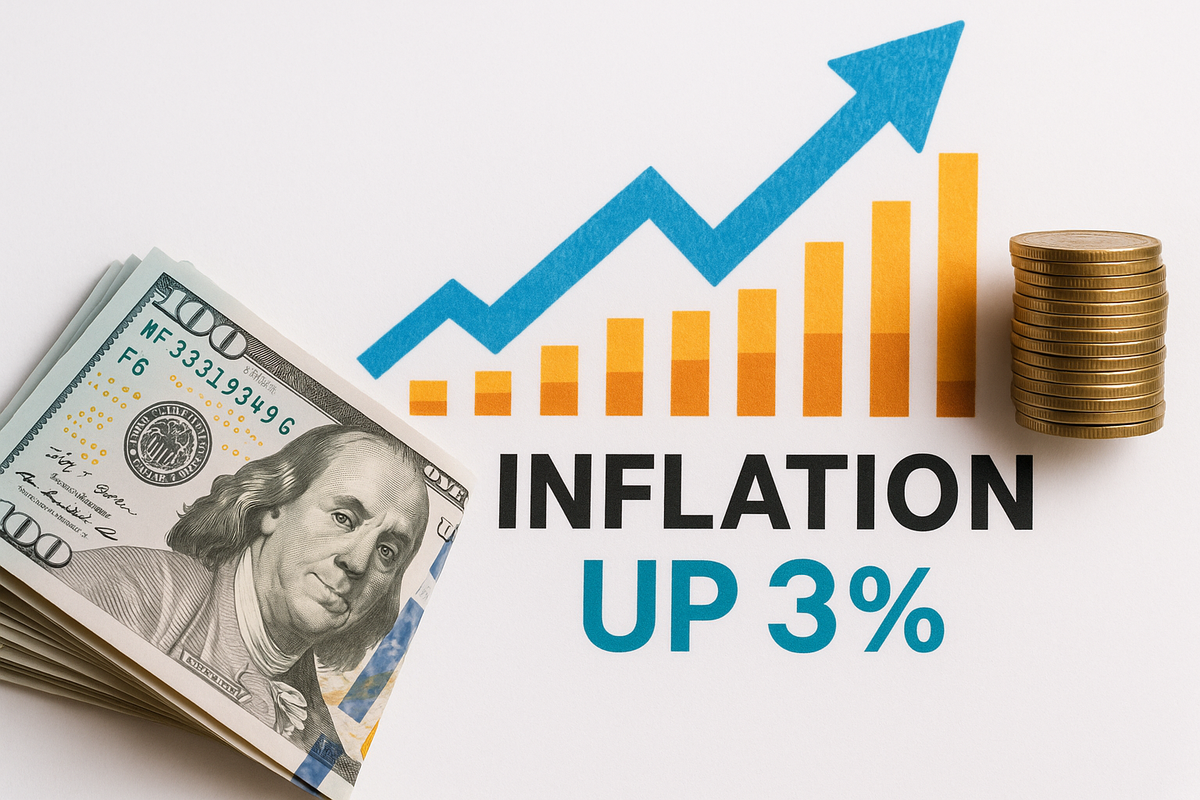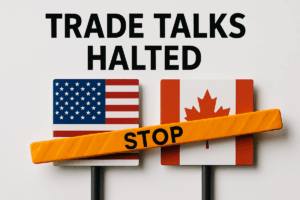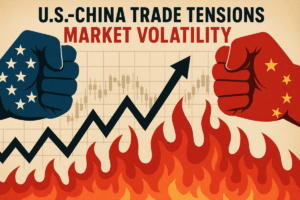In September 2025, U.S. inflation rose to 3%, a significant increase from 2.9% in August. This increase, mainly driven by rising gasoline prices and tariffs on consumer goods, has far-reaching implications for monetary policy and the broader economy.

Table of Contents
Key Facts
The following key facts outline the current inflation landscape and its implications:
| Metric | Value | Change |
|---|---|---|
| CPI (Year-over-Year) | 3.0% | Up from 2.9% |
| Core CPI (Excluding Food and Energy) | 3.0% | Stable |
| Monthly CPI Increase | 0.3% | Down from 0.4% |
| Gasoline Prices (Monthly Change) | 4.1% | Significant rise |
| Food Prices (Year-over-Year) | 3.1% | Notable increases in specific categories |
Analysis and Interpretation
The rise in inflation to 3% reflects ongoing pressures in the U.S. economy, particularly from energy prices and tariffs. Gasoline prices surged by 4.1% in September, contributing significantly to the overall inflation rate. Additionally, core inflation, which excludes the volatile food and energy sectors, remained stable at 3%.
This inflation rate is the highest since January 2025 and indicates persistent inflationary trends that could influence the Federal Reserve’s monetary policy. Despite the uptick, analysts suggest that the Fed may still proceed with rate cuts in upcoming meetings, partly due to a cooling labor market and the need to stimulate economic growth.
The ongoing government shutdown complicates economic assessments, delaying crucial data that could inform future policy decisions. The Fed’s challenge will be to balance inflation control with employment needs, especially as job growth shows signs of slowing.
Market Impact
The recent inflation data is likely to have significant implications across various asset classes.
Equities
The rise in inflation can lead to increased market volatility, particularly affecting growth stocks that are sensitive to rising interest rates. Conversely, value stocks may perform better, as they tend to have stronger cash flows and are less impacted by inflationary pressures.
Bonds
With inflation rising, bond yields may increase as investors demand higher returns to compensate for reduced purchasing power. This could lead to a decline in bond prices, particularly for long-term maturities.
Commodities
Rising inflation often boosts commodity prices as investors hedge against it. The uptick in gasoline prices is a clear example of this trend, which could lead to further inflationary pressures in related sectors.
Scenarios
The inflation outlook presents several potential scenarios.
Base Scenario
Inflation stabilizes around the current rate of 3%, with the Fed proceeding with gradual rate cuts to support economic growth while monitoring inflationary pressures.
Optimistic Scenario
Economic growth accelerates, easing inflationary pressures as supply chain issues are resolved and consumer demand stabilizes. The Fed may pivot towards a more hawkish stance if inflation remains under control.
Pessimistic Scenario
Persistent inflationary pressures could lead to more aggressive Fed tightening, resulting in higher borrowing costs and a potential economic slowdown. This scenario could exacerbate financial strains on consumers and businesses alike.
Conclusion
The rise in inflation to 3% underscores the complexities facing the U.S. economy and the Federal Reserve’s monetary policy. Investors should remain vigilant as the interplay between inflation, interest rates, and economic growth continues to evolve.
- https://www.bls.gov/news.release/cpi.nr0.htm
- https://www.nytimes.com/live/2025/10/24/business/cpi-inflation-tariffs-fed
- https://www.businessinsider.com/inflation-september-cpi-consumer-price-index-federal-reserve-interest-rates-2025-10
- https://eu.usatoday.com/story/money/2025/10/24/inflation-fed-rates-social-security/86859858007/
- https://www.cnbc.com/2025/10/24/inflation-breakdown-september-2025-cpi-chart.html


